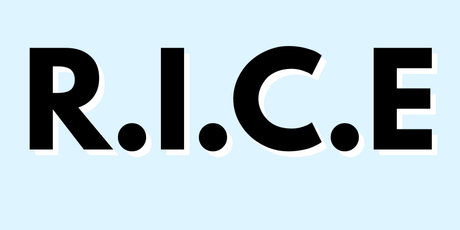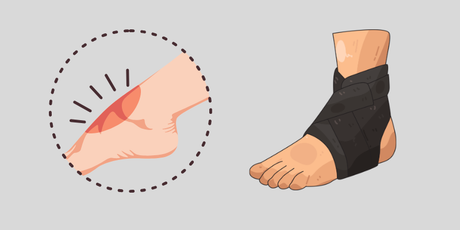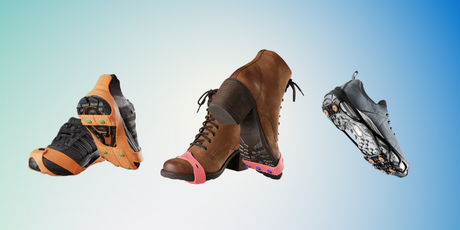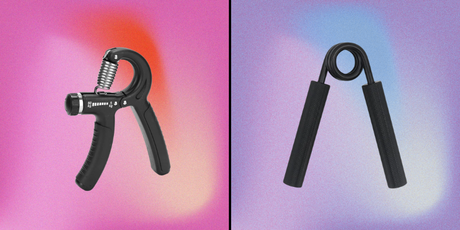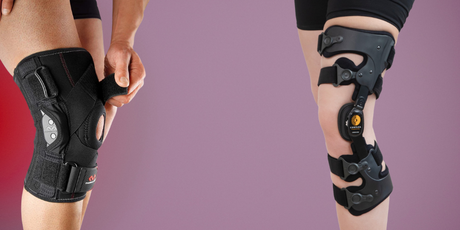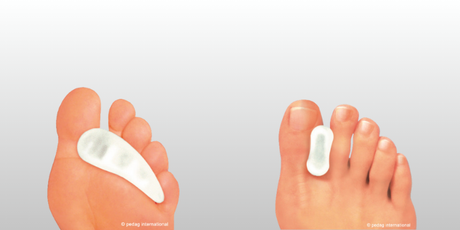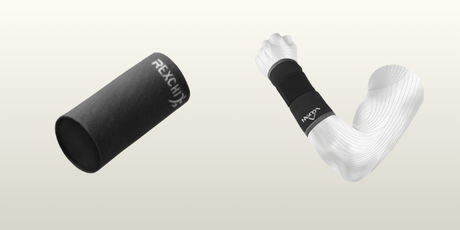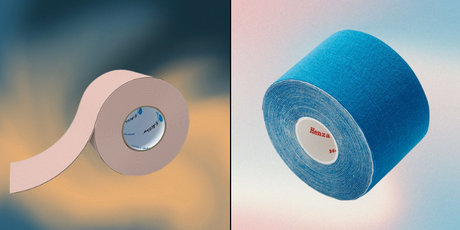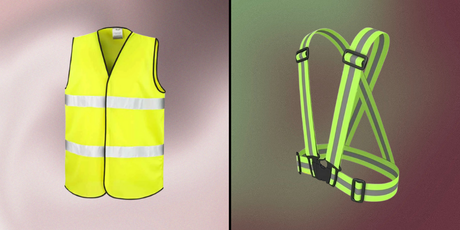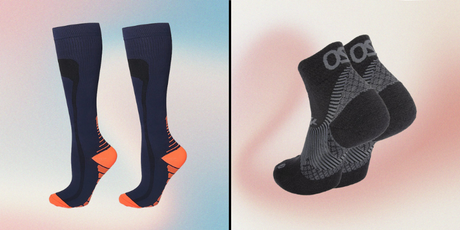Heel spur (Plantar fasciitis)
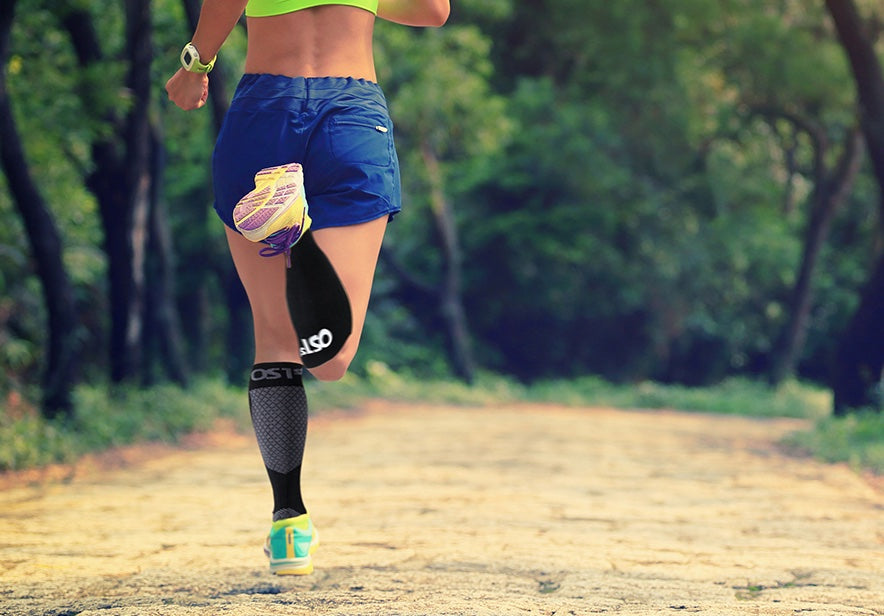
WHAT ARE THE SYMPTOMS OF HEEL SPURS?
Heel spurs can be felt in different ways, but some of the most common symptoms are.
- Pain under your foot when you have just woken up.
- Pain in the heel pad when you have been sitting still for a long time and are travelling. The pain is quite similar to that in the morning, but possibly slightly milder.
- Pain or cramping in the plantar fascia under load. The pain often decreases as the foot warms up.
- Pain in the heel under load.
- Heel spurs can also cause pain at rest. It mainly affects people who have jobs that involve a lot of standing and walking. After a day of heavy exertion, it is common to have a throbbing pain that persists even when resting.
WHY DO YOU GET HEEL SPURS?
Heel spurs are an overload injury when the arched foot tendon has been strained and the body has been subjected to stresses that it cannot cope with. For example, it is common for the pain to occur if you increase the training dose at a faster pace than the body can handle. The root cause of the pain can often be located elsewhere than in the foot; for example, the reason may be that you have an imbalance in the hips, fabric and legs, which means that the body cannot cope with the exercise you are exposed to. You can also get heel spurs if you change your "foot behaviour". For example, if you are not used to walking barefoot and start doing so, or if you increase your use of flat shoes. Problems with heel spurs can also be exacerbated if you have an eye or low arches, or if you are overweight.
CAN YOU DO ANYTHING YOURSELF TO RELIEVE/HEAL HEEL SPURS?
What is important during the healing process is to listen to your body and not put it under unnecessary stress. Heel spurs normally heal on their own, although it can take a long time, up to 2 years, and during the healing period there are some things to consider that will facilitate healing and reduce the risk of the pain increasing or coming back:
REST
If it hurts, it's good to rest and let your body recover. However, if you ignore the pain and carry on as usual, it can be doubly punishing after a while. Simply put, the sooner you address the problem, the faster your healing process will be.
USE INSERTS AND SOCKS FOR HEEL SPURS
There are insoles, inserts and socks specifically designed for people with heel spurs. They provide good cushioning and pain relief while helping the heel to heal faster.
EXERCISE
It is important to start exercising to increase function and mobility and to build strength in the foot. There are rehab exercises specifically designed to alleviate heel spurs. For example, toe raises are a classic exercise done daily for faster healing. An exercise programme can be developed together with a physiotherapist. It is important to do rehab training in the right dose; not too little and not too much.
INVEST IN COMFORTABLE SHOES
Check your shoes to make sure they are not broken or poorly constructed. Prioritise your comfort and wear socks with sturdy soles and good shock absorption.
WORK ON YOUR RUNNING TECHNIQUE
Once you're up and running again, your running technique can be crucial to avoid re-injury. For example, to avoid heel spurs, it is recommended that you put your forefoot at the front of the running stride (and not your heel).
The training and all the measures may seem hopeless, but it is important not to give up and let the healing process take its time! It is not uncommon for it to take up to 2 years to get rid of the symptoms of heel spurs. During the healing period, it is important to listen to your body!


